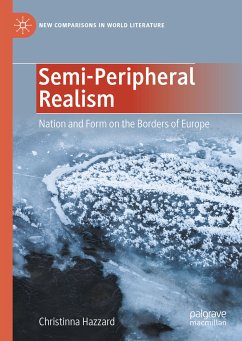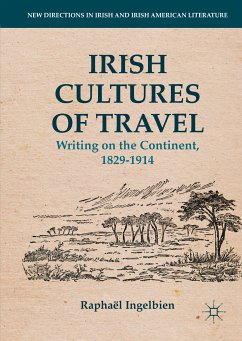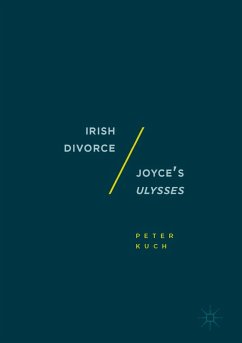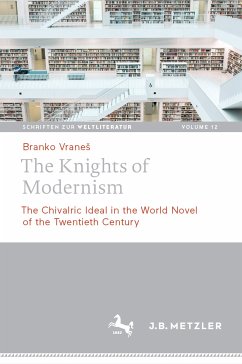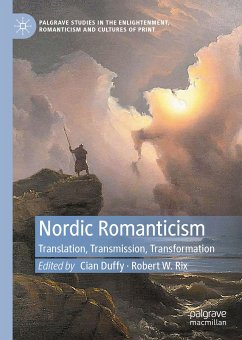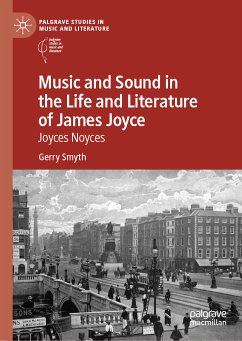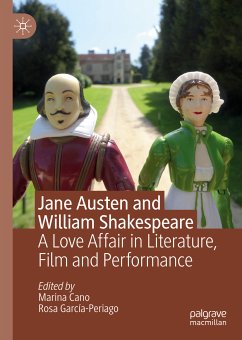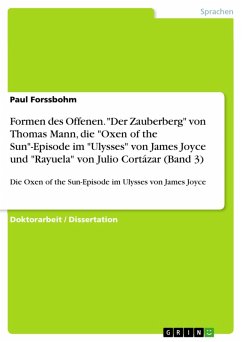
Nordic Joyce (eBook, PDF)
Versandkostenfrei!
Sofort per Download lieferbar
96,95 €
inkl. MwSt.
Weitere Ausgaben:

PAYBACK Punkte
48 °P sammeln!
This book compares the interrelationship of Irish writer James Joyce's literary works and specific Nordic literature in translation, employing an onomastic and etymological framework. It elucidates the importance of these frequent Scandinavian associations and how they inform and shape his literary work. The development of Joyce's work shows a sustained interest in contemporary Nordic and Old Norse medieval literature. By analysing Joyce's works and paratexts alongside a cross-section of important texts - Dubliners (1907) with Hans Christian Andersen's "Lykkens Kalosker" ("The Goloshes of Fort...
This book compares the interrelationship of Irish writer James Joyce's literary works and specific Nordic literature in translation, employing an onomastic and etymological framework. It elucidates the importance of these frequent Scandinavian associations and how they inform and shape his literary work. The development of Joyce's work shows a sustained interest in contemporary Nordic and Old Norse medieval literature. By analysing Joyce's works and paratexts alongside a cross-section of important texts - Dubliners (1907) with Hans Christian Andersen's "Lykkens Kalosker" ("The Goloshes of Fortune") and "Den Lille Havfrue" ("The Little Sea Maid"), Exiles (1914) with Henrik Ibsen's When We Dead Awaken (1899), and specific medieval writing (Old Norse sagas and poetry) with Joyce's critical essays and later works, including Ulysses and Finnegans Wake - this book shows that Joyce's use of Nordic material in his writing constitutes a more extensive set of connections than previously thought.
Dieser Download kann aus rechtlichen Gründen nur mit Rechnungsadresse in A, B, BG, CY, CZ, D, DK, EW, E, FIN, F, GR, HR, H, IRL, I, LT, L, LR, M, NL, PL, P, R, S, SLO, SK ausgeliefert werden.



